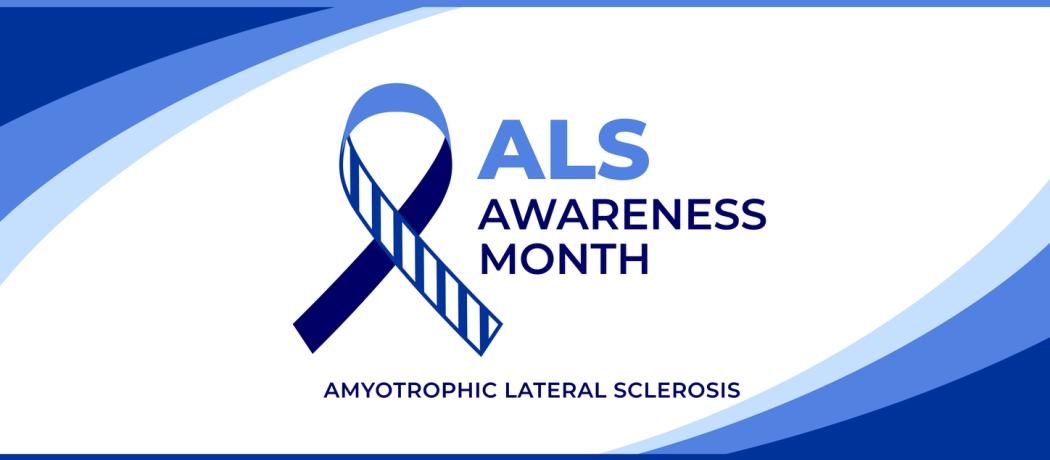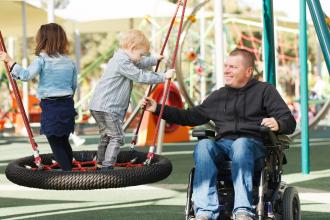June 2022 is ALS Awareness Month in British Columbia. This post is part 1 of a 4-part series about ALS by Dr Mark Seger.
I turn 59 this year. The lottery I won about 10 years ago made this improbable; amyotrophic lateral sclerosis (ALS) was my prize, the one nobody wants or deserves. Annual incidence is a few per 100 000. Prevalence is about 3000 across Canada. Median survival is 2–5 years.
As a family physician, I saw value in the longitudinal doctor-patient relationship, so I treated almost everything life can throw at us. No ALS though. Medical experience has shown us all that any healthy person can be struck down.
After occasional word slurs followed by muscle wasting in my right hand and symphonic muscle twitching everywhere, I visited my own physician. About 18 months of doctors, tests, and narrowing the differential diagnoses left only those three threatening letters. That was bad enough, but the lack of progress in ALS treatment since my medical school training was beyond disappointing.
I recall the inner feeling of isolation as I lived with this secret while continuing to work. Because timing is everything, even my wife was unaware for months. To avoid complicating high school for my youngest son, I waited until well after graduation to tell them both, using a mountain bike ride up Mount Fromme in North Vancouver to soften the blow.
Paradoxical good fortune has given me slow progression and preserved my legs, so I was able to extend my professional life by stepwise scaling back the scope of my practice as my capabilities changed. ALS retired me after about 4 years and orphaned about 2000 patients.
Although I have declined available treatment based on an unimpressive cost-benefit ratio, and my slow progression excludes me from clinical trial eligibility, I have seized opportunities to participate in research. That means serial brain MRIs, multiple complex cognitive quizzes, and blood for genetic study. The ALS Therapy Development Institute in Boston has a data stockpiling project they call the Precision Medicine Program. They now have over 5 years of remotely submitted voice recordings and movement tracking data from me. Their collaboration with Google has allowed me to participate in the development of a speech clarification app that transcribes poor vocal clarity to perfect print and permits electronic enunciation. ALS has tested my natural optimism, but exposure to the enthusiastic and brilliant people involved with these projects has been inspiring.
At 10 years I am a statistical outlier. My dysphonia and severe dysarthria simulate inebriation. I salivate uncontrollably, occasionally drool. Dysphagia constantly threatens my airway. My neck struggles to support my head, my hands are almost useless, and my atrophied arms weigh too much. Valentine’s Day 2020 gave me a PEG feeding tube, so family and friends can now take turns refuelling me. Nocturnal BIPAP keeps me alive overnight. Fatigue is profound and emotional incontinence surprising. My current capabilities are a tiny fraction of what they once were, but I face each day choosing to focus on what I can still do rather than what I cannot.
That is my best choice presently. Future patients may have better choices based on current momentum in research and awareness.
—Mark Seger, MD
This post has not been peer reviewed by the BCMJ Editorial Board.
 |
| This work is licensed under a Creative Commons Attribution-NonCommercial-NoDerivatives 4.0 International License. |




Our family admired you
as our GP. You were the
Best of Bests.
You are a true hero & admire
your strength & positivity.
Sending you more positive
vibes with hugs.
Lalita